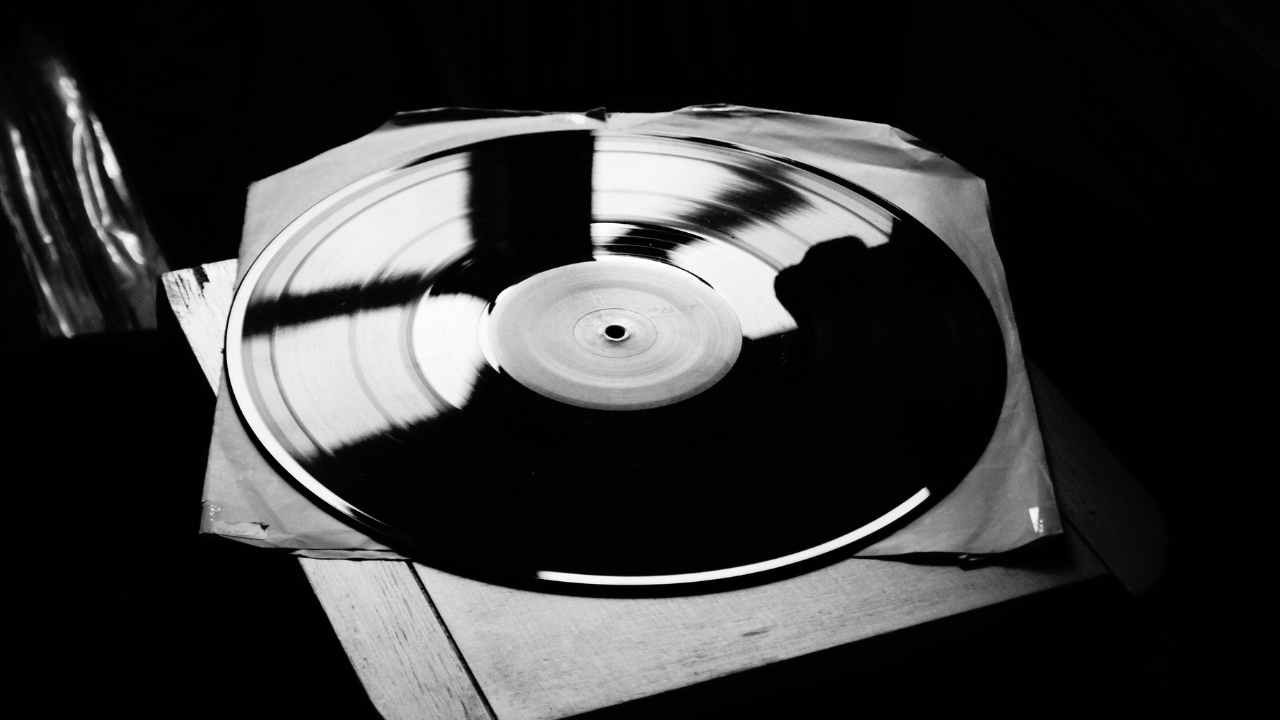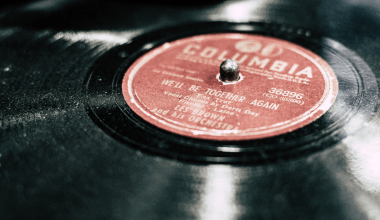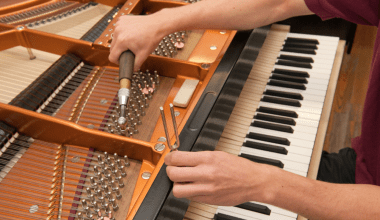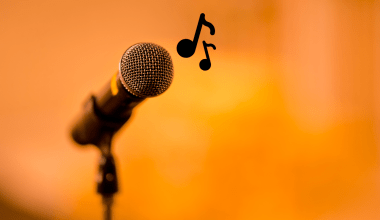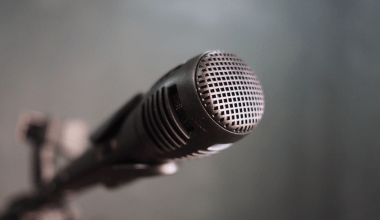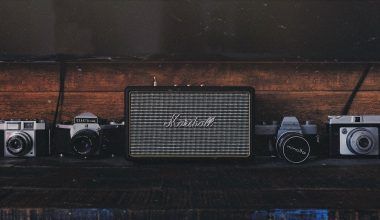In a world where creativity is abundant, protecting your intellectual property is more important than ever. Whether you’re a musician, writer, or digital artist, copyright ensures that your work remains yours. But how do you take copyright for your creations?
This guide will walk you through the process of understanding, registering, and managing copyright. Knowing how to take copyright not only safeguards your work but also grants you the legal authority to enforce your rights.
What Is Copyright?
Copyright is a form of intellectual property protection that grants creators exclusive rights to their original work. This can include:
- Music
- Writing
- Visual Art
- Photography
- Digital Content
By taking copyright, you legally establish ownership, preventing others from using or reproducing your work without permission.
Why Should You Take Copyright?
1. Legal Protection
Taking copyright ensures you can take legal action against unauthorized use.
2. Monetary Benefits
It allows you to monetize your work through licensing or royalties.
3. Recognition
Copyright credits you as the original creator.
4. Global Reach
Copyright is recognized in most countries, making it easier to protect your work internationally.
Understanding how to take copyright is essential for securing these benefits.
How to Take Copyright: Step-by-Step Guide
Step 1: Create Original Work
To take copyright, your work must be original and tangible. For example, a song must be recorded or written, and a painting must be created.
Step 2: Document Your Work
Keep detailed records of your creation process, such as drafts, recordings, or timestamps. This serves as proof of authorship.
Step 3: Understand Automatic Copyright
In many countries, copyright is automatic upon creation. However, registering your work strengthens your legal position.
Step 4: Register Your Copyright
To officially take copyright, register your work with a copyright office. The process typically involves:
- Filling out an application.
- Submitting your work.
- Paying a fee.
Step 5: Receive Your Certificate
Once approved, you’ll receive a copyright certificate, officially documenting your ownership.
How to Take Copyright for Music
For musicians, taking copyright is crucial. Here’s how to protect your songs, extended plays (EPs), or albums:
- Document Your Work
Keep copies of your lyrics, recordings, and compositions. - Register with Copyright Offices
Submit your music to copyright organizations in your country, such as the U.S. Copyright Office or PRS in the UK. - Use Digital Platforms
Platforms like Beatport and SoundCloud also offer copyright management tools for musicians.
Taking copyright for music ensures no one can use your melodies or lyrics without permission.
International Copyright Protection
While copyright laws vary, most countries follow the Berne Convention, which ensures:
- Automatic Protection
Your work is protected in all member countries without additional registration. - Equal Treatment
You receive the same copyright protection as local creators in other member countries.
However, registering your work in specific countries strengthens your claims.
Common Misconceptions About Copyright
1. Copyright is Not the Same as Trademark
Copyright protects creative works, while trademarks protect logos, slogans, or brand names.
2. Registration is Not Always Required
In many places, copyright is automatic, but registration adds legal weight.
3. Copyright Does Not Last Forever
Copyright typically lasts the creator’s lifetime plus 50-70 years, depending on the country.
Tools to Help You Take Copyright
- Copyright Offices
Register your work with government copyright bodies. - Digital Platforms
Websites like Creative Commons allow you to license your work with flexible copyright terms. - Legal Services
Hire intellectual property lawyers for complex cases. - Online Tools
Use platforms like TuneSat or Audible Magic to monitor and manage your copyrighted material.
Protecting Your Copyrighted Work
Taking copyright is only the first step. Protecting it involves:
- Monitoring Unauthorized Use
Use tools to track where your work appears online. - Issuing Takedown Notices
Platforms like YouTube have systems to remove infringing content. - Enforcing Your Rights
Take legal action if necessary, using your copyright certificate as proof.
Conclusion
Understanding how to take copyright is essential for any creator. It safeguards your work, ensures fair use, and protects your rights in a competitive world. Whether you’re a musician, writer, or visual artist, taking copyright is an investment in your creative future.
Related Articles:
For further reading, explore these related articles:
- Music Copyright Checker: Protect and Verify Your Tracks
- Copyright Songs: Protecting and Using Music Legally Explained
For additional resources on music marketing and distribution, visit Deliver My Tune.
